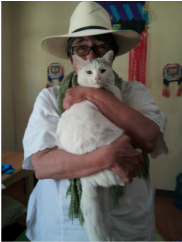In the years since, tourism has stimulated increased production of local crafts and provided more employment, lifting many Maya in the lake area from extreme poverty. Less extreme poverty still prevails with the Maya struggling against low wages, the high cost of education, the rising cost of food, the loss of farm land to development and the contamination of the lake.
The persistence of the Maya in choosing a hand-made life instead of succumbing to the allures of mass made articles is partly due to poverty. People without money don’t buy a lot of stuff. And yet even among the Maya who are making more money, they are not buying a bunch of technology or cars. In fact, hardly anyone has a private automobile, let alone having one person per each one --rather they invest in the education of their children and in the handmade clothing of the women, even though it is much cheaper to buy clothes from PACA, where new and second-hand clothing pours in from the US.
In fact, the Mayas of Lake Atitlán are extraordinarily skilled at making things by hand. They are also continually innovating and offering products which replace the flimsy wares of WalMart. Shoes made from hand woven huipils and rubber tires are both uncommonly beautiful as footware but longer lasting than any mass made shoes on the market. Backpacks and bags made from sturdy handwoven fabrics tested by lifetimes of being scrubbed on rocks are now often combined with leather, another handwork that Guatemala excels in. Other skills include intricate embroidery, leather goods, bead jewelry, master painters, murals, marimba music, mask and drum making, and the art of carrying a baby always attached to your body while doing the work of being alive.
Physically the Maya are short but mighty. They begin carrying laundry or wood or corn up and down the steep slopes of Lake Atitlán before they are five years old. They learn to sustain their labor and to carry heavy things on their heads and their backs. They work until a job is finished, rarely indulging in breaks other than for lunch. The Maya never stop this work of life. And yet so many of their faces are kind and split with genuines smiles. People play with their children instead of parking them in front of the TV or plying them with toys. When a baby is hungry, the breast is only the distance from the being held next to her back to finding the nourishment of the mother’s front body. The children seem less anxious than those I have known.
Santiago, for example, was the capital of the pre-conquest Tz’utujil world and remains the largest pueblo on the lake. In addition to hosting the Maya saint Maximón and the attendant Maya spiritual leaders, Santiago produces exquisite embroidery of birds in every movement and mood. Indeed in Tz’tujil, Santiago is known as the “house of birds.”
San Pedro is the home of painters who record the knowledge of Maya life in detailed paintings. The painters continually evolve and expand their techniques. San Pedro also boasts a number of fine murals. Neighboring San Juan hosts several community based collectives and is the Guatemalan leader in the use of traditional natural dye, producing remarkable colors from local plants and spinning the cotton threads from the cotton plant. They also have export coffee collectives and as well as a collection exquisite Maya themed murals. San Marcos is a healing center which offers both traditional Maya and alternative healing including yoga. Panachel, Atitláns most touristed town, offers a dizzying array and many excellent values on handmade items .
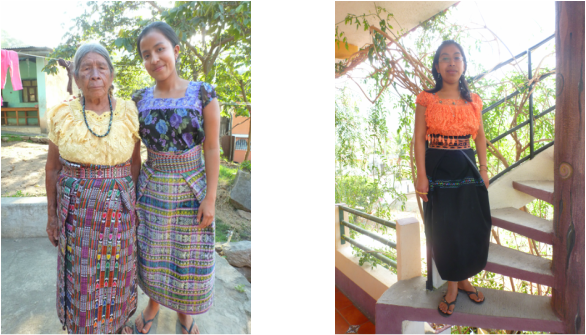
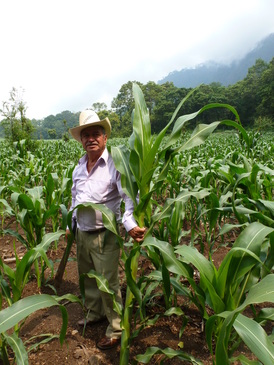
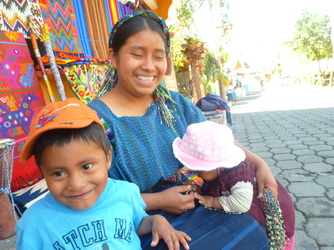
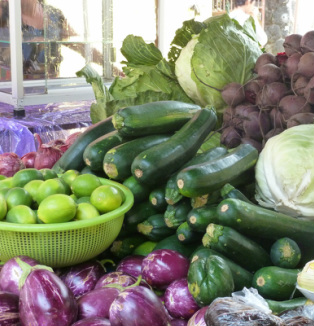
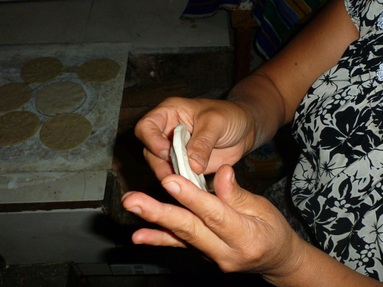
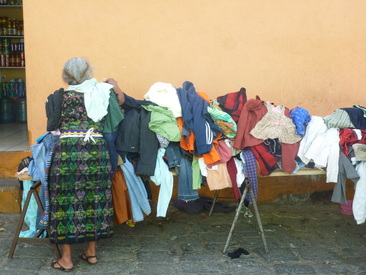
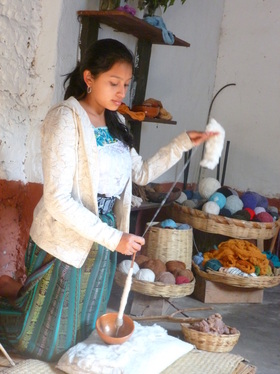
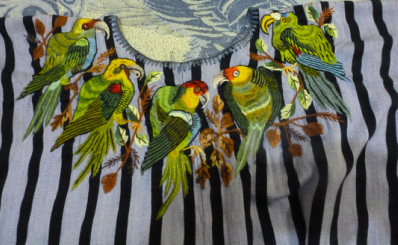
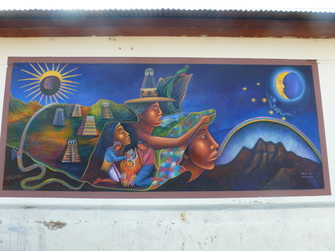
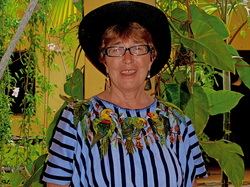
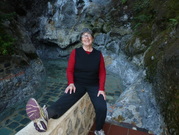
 RSS Feed
RSS Feed
